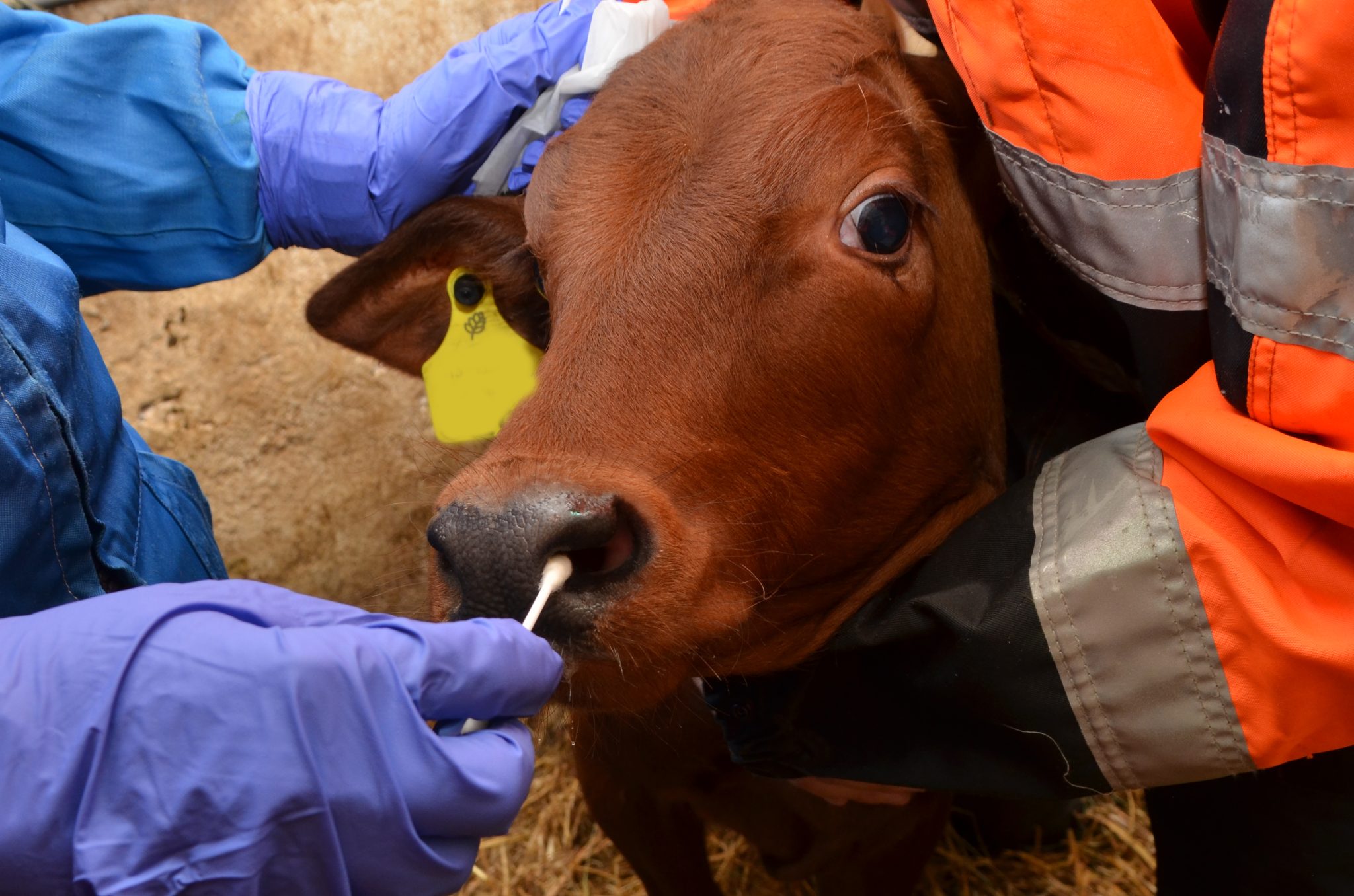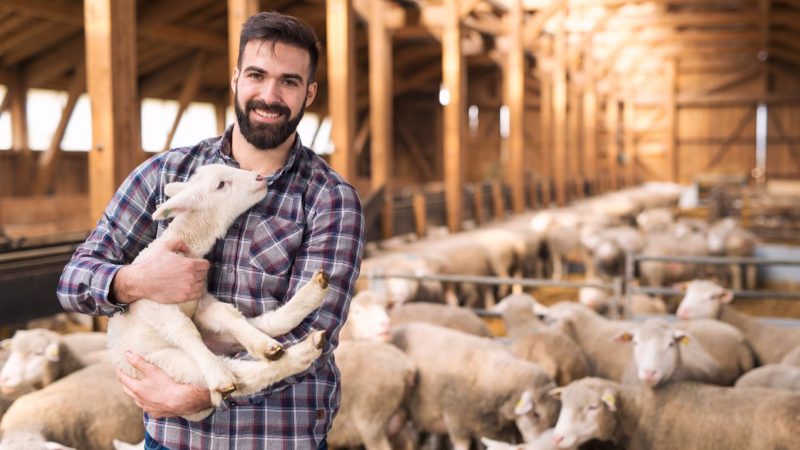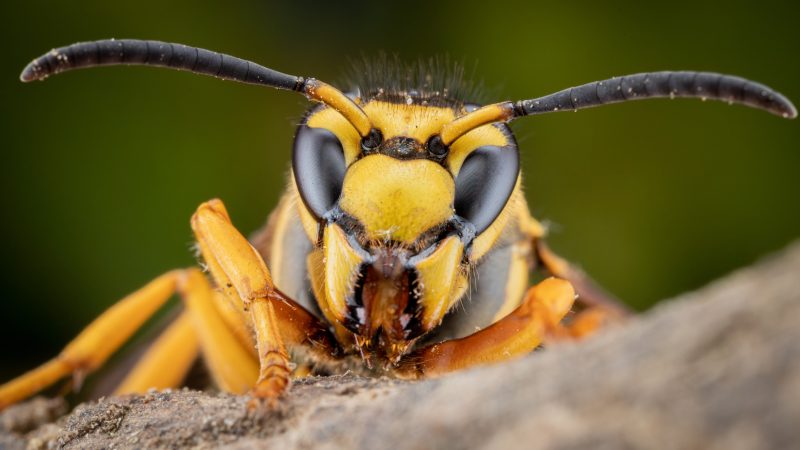Concern over impact of Mycoplasma bovis outbreaks – AHWNI

Mycoplasma bovis is an increasingly prevalent bacterial infection of concern that has caused significant losses on some NI farms.
According to one local farmer, who has lost 10 calves to the disease out of a batch of 40 purchased in the spring, Mycoplasma bovis can be devastating, with control very difficult to achieve.
Damage
Speaking to Animal Health and Welfare NI (AHWNI), the herd owner said that until his herd was affected, he was not aware of the damage that the disease could cause. Despite his best attempts to care for sick calves and treat them according to veterinary advice, for those calves that have survived so far, the recovery has been slow.
The first confirmation of Mycoplasma bovis on the island of Ireland was 30 years ago and since then it has gradually spread in the cattle population. Mycoplasma bovis can cause respiratory disease in calves, arthritis and mastitis, either as a sole cause or in association with other organisms.
Stresssors
Various stressors, including other diseases (such as viral infections), heat or cold stress, over-crowding, transport, poor air quality or poor nutrition, may cause carriers to start shedding infection. As the bacteria are shed via all secretions from an infected animal, spread can occur by close contact with an infected animal, including asymptomatic (apparently healthy) carriers, or semen from an infected bull.
Mycoplasma bovis may also be spread indirectly by aerosol transmission, by ingestion by calves of untreated colostrum or milk that is infected or by use of commonly used equipment (for example by the clusters at milking, leading to infection via the teat canal).
Rapid diagnosis
Rapid diagnosis is very important, as treatment needs to start early to have an increased chance of being effective. It is important to decide on an appropriate antibiotic, in line with veterinary advice, and to monitor the response. However there are growing levels of antimicrobial resistance to Mycoplasma bovis.
A vaccine may be used in young calves where Mycoplasma bovis has been diagnosed. It has been shown to reduce post-weaning mortality and antibiotic use in affected herds.
Where vaccination is used it should form part of a wider strategy for infection control.
The most common source of infection is from the purchase of infected cows or heifers, so if purchasing, knowing the status of the herd from which the cattle are being purchased can provide reassurance. Screening of purchased animals and quarantining on arrival can help to detect the infection at an early stage.
Challenging diagnosis
While the control of Mycoplasma bovis in a herd is challenging, some steps can be taken to reduce the risk of spread. Importantly Mycoplasma infection outbreaks are often part of a multifactorial infection picture. Identifying and addressing other factors or infections that may be present (eg poor colostrum transfer of immunity, or other respiratory infections) is important and will improve the likelihood of a more rapid and successful outcome.
There is not an official control programme for Mycoplasma bovis in NI. This infection is widespread so eradication is very challenging, particularly as it is often present in herds with no clinical signs and where it cannot be detected.
Information on Mycoplasma bovis may be found on the AHWNI website (www.animalhealthni.com)





